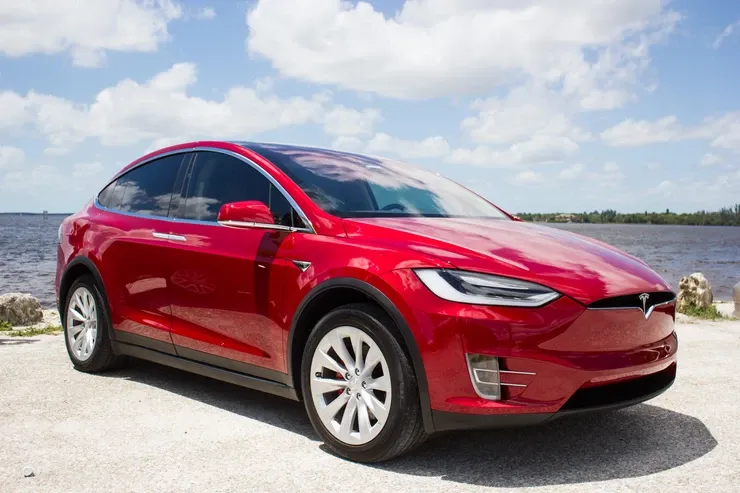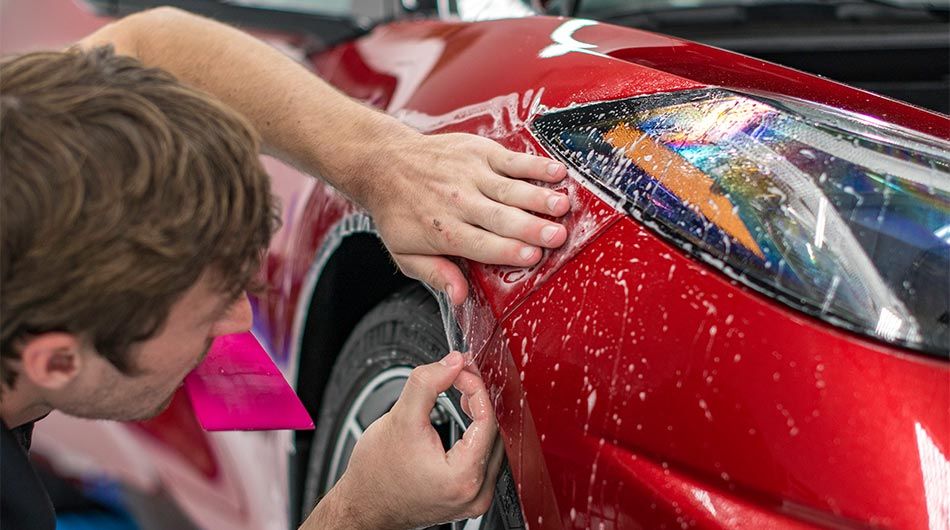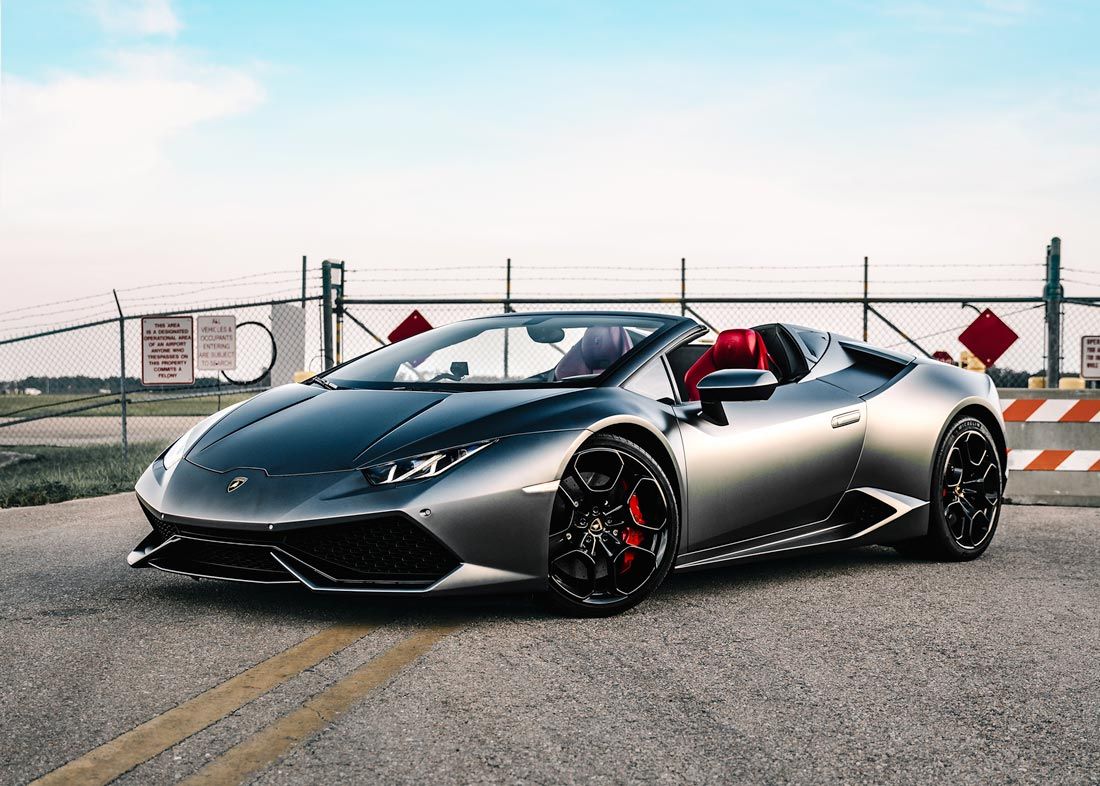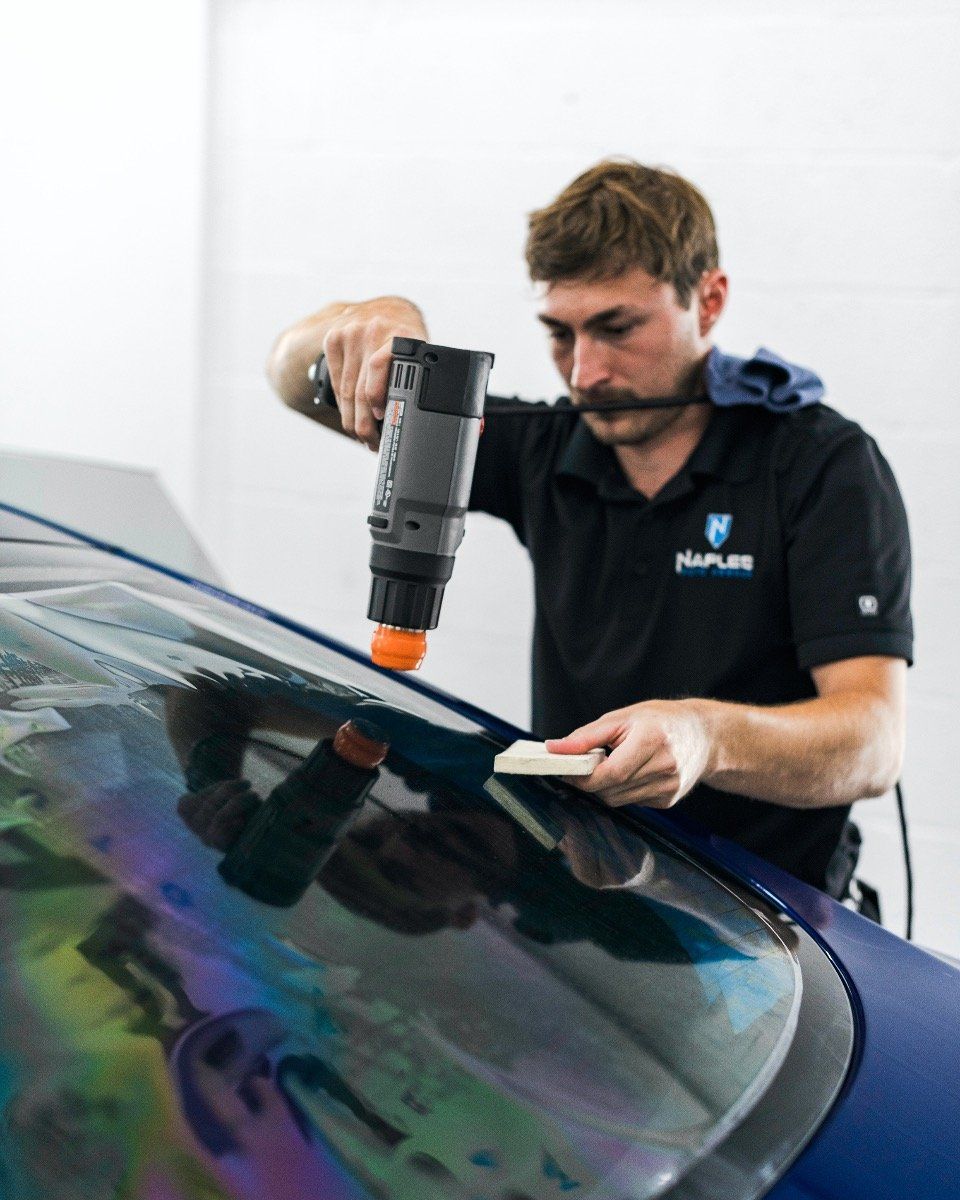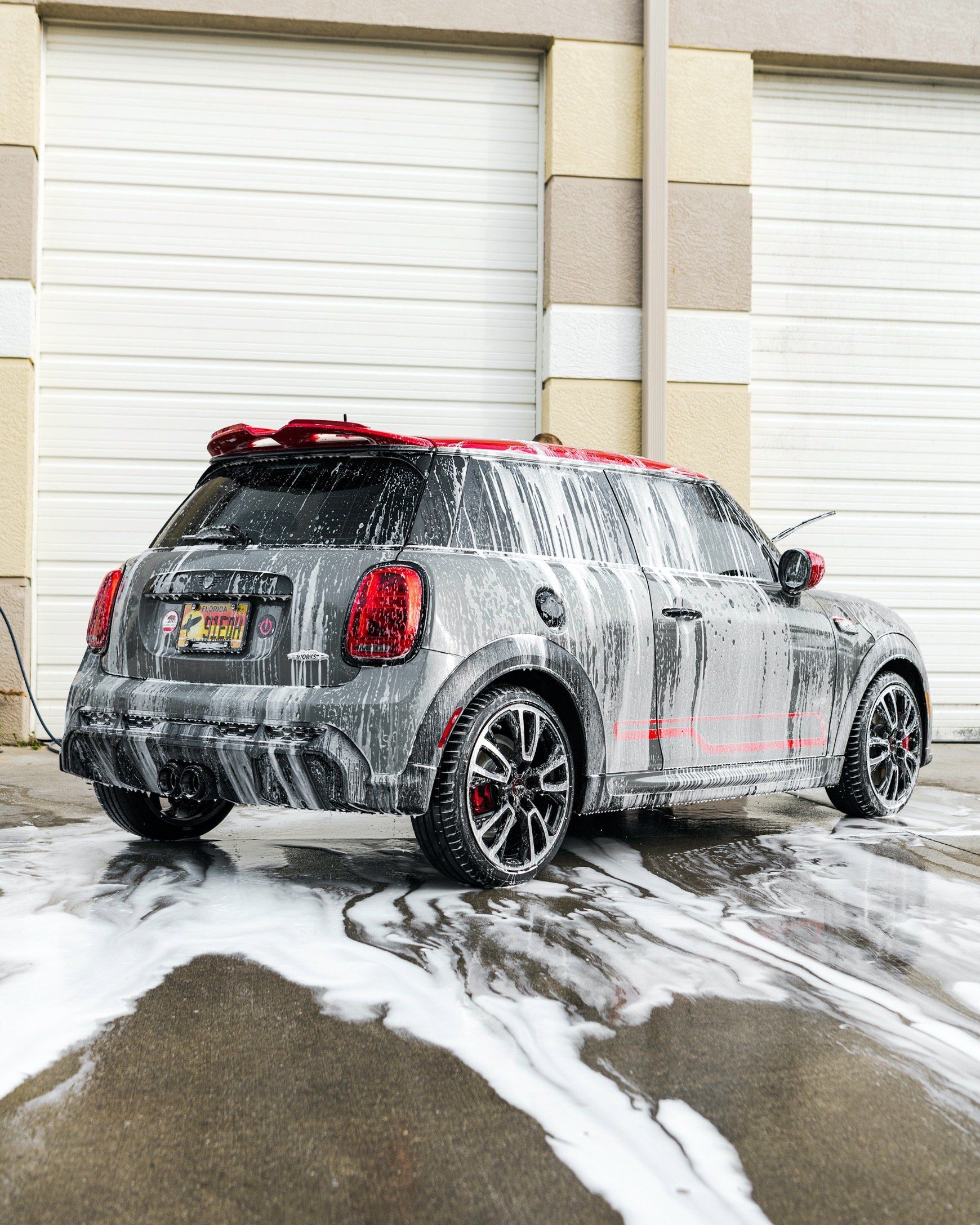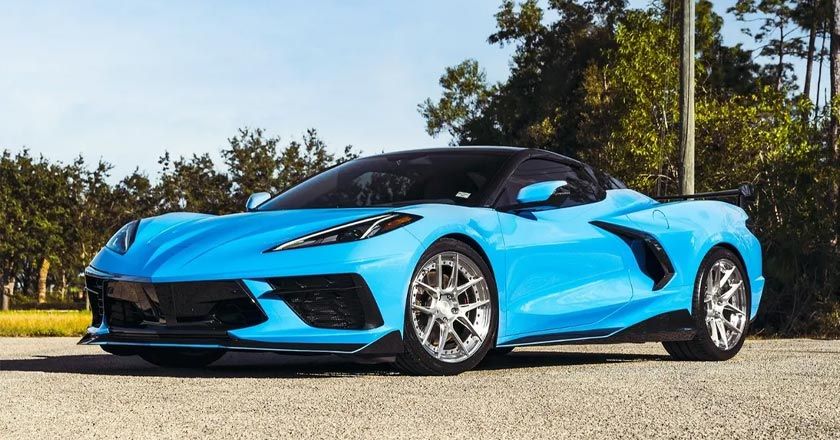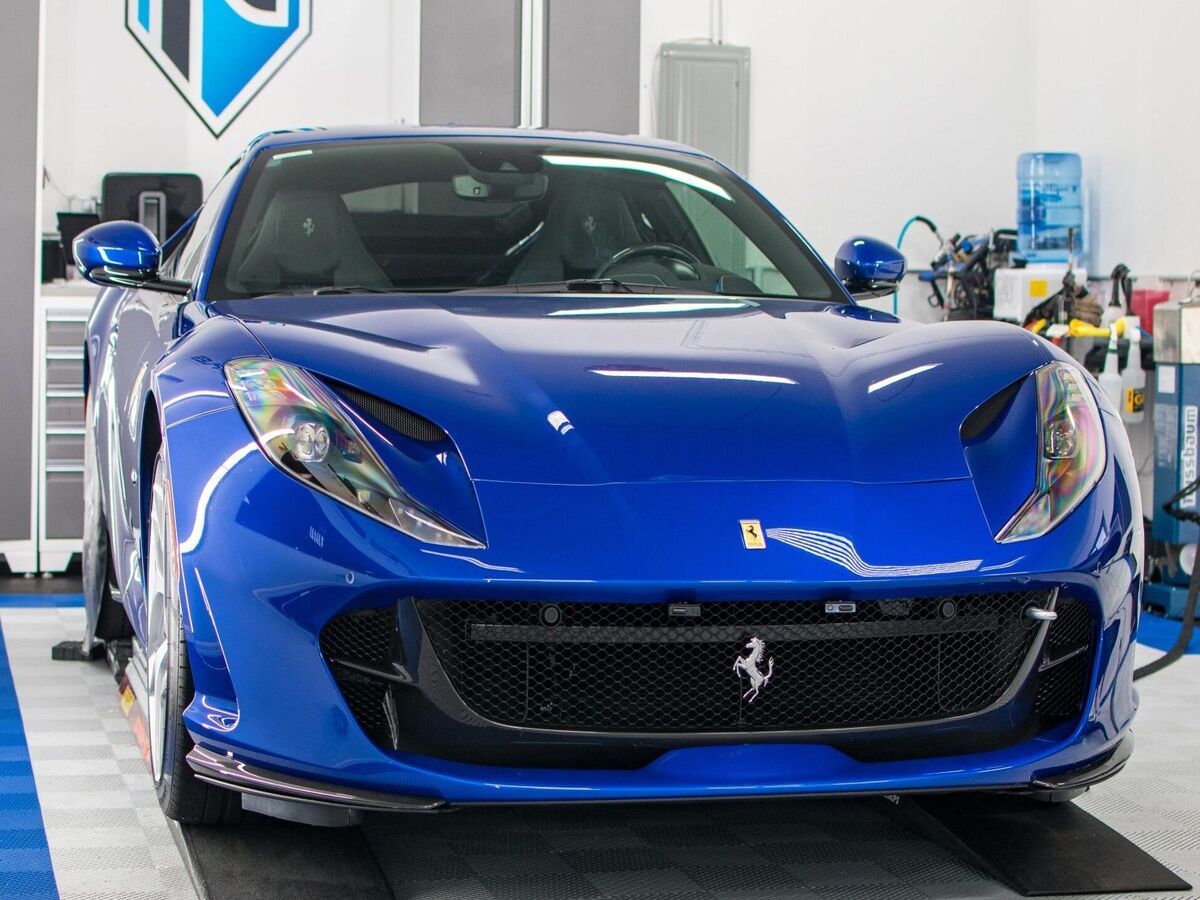DIY vs. Professional Paint Protection Film Installation: A Comprehensive Comparison
Should you take on the task yourself in order to save money and personal satisfaction? Or is it wiser to rely on professionals who promise expertise, high-quality materials, and warranties? After extensive research and conversations with experts in both fields, it's clear that each option has its own unique benefits and challenges. Let's explore what you might be missing when weighing DIY routes against professional services.
Professional Installation: Pros and Cons
Professional installation presents numerous benefits that can appeal to individuals seeking a superior finish and peace of mind. Professional installers' specialized training and extensive experience in applying paint protection films to various vehicles often cite their expertise and experience as key advantages. This ensures a flawless finish with no bubbles or debris trapped underneath the film, which can be challenging to achieve with a DIY installation.
Furthermore, professionals have access to high-grade films and adhesives that may not be readily available to the general public. This access to superior materials can result in a higher quality and longer-lasting application, providing enhanced protection for the vehicle's paint surface. Additionally, many professional services offer warranties that cover issues such as peeling, yellowing, or other defects over a specified period, providing added assurance and protection for the investment in paint protection film.
Pros and Cons of DIY Installation
Undertaking a do-it-yourself project always seems like an ambitious and empowering idea. It's important to weigh both sides before making a decision, even though it has benefits.
Pros
- Cost Savings: DIY kits are often significantly cheaper than professional installation, typically ranging from $100 to $300. This cost-effective option can be a significant advantage for budget-conscious car owners.
- Flexibility: DIY installation offers a significant benefit in terms of flexibility. You have the freedom to install the paint protection film at your convenience without needing to schedule an appointment or work around someone else's availability.
- Learning Opportunity: For those who enjoy hands-on projects and take pride in learning new skills, DIY installation provides a rewarding learning experience. It can offer valuable insight into the intricacies of applying paint protection film, empowering enthusiasts with a deeper understanding of their vehicle's maintenance.
While saving money and having a flexible schedule are undeniably appealing factors for many car owners, it's essential to approach these benefits with a balanced perspective. The allure of saving money shouldn't overshadow the skill and time requirements that come with installing PPF yourself.
Cons
- Skill Requirements: It's critical to approach DIY installation with realistic expectations regarding the level of skill and attention to detail required. Achieving a seamless, bubble-free application demands a steady hand and meticulous attention to detail. Errors during the installation process can undermine the protective film's effectiveness and appearance, potentially resulting in unsightly imperfections that a professional installation could have avoided.
- Time-Consuming: Installing paint protection film yourself can be a time-consuming endeavor, especially if you're inexperienced in this type of task. What might seem like a straightforward process can quickly become labor-intensive and protracted, potentially taking several hours or even days to complete. It's important for car owners considering DIY installation to assess whether they have the time and patience to dedicate themselves to such a meticulous undertaking.
- Lack of Warranty: Unlike professional installation services that often come with warranties, most DIY kits do not provide this level of assurance. In the absence of a warranty, any mistakes made during the installation process become solely your responsibility, leaving little room for recourse if issues arise down the line.
While DIY installation offers cost savings, flexibility, and learning opportunities, it's important for car owners to consider the skill requirement, time commitment, and lack of warranty associated with this approach. Both options have their merits, but making an informed decision hinges on weighing these factors against your personal capabilities and preferences.
Preparation Process for Film Installation
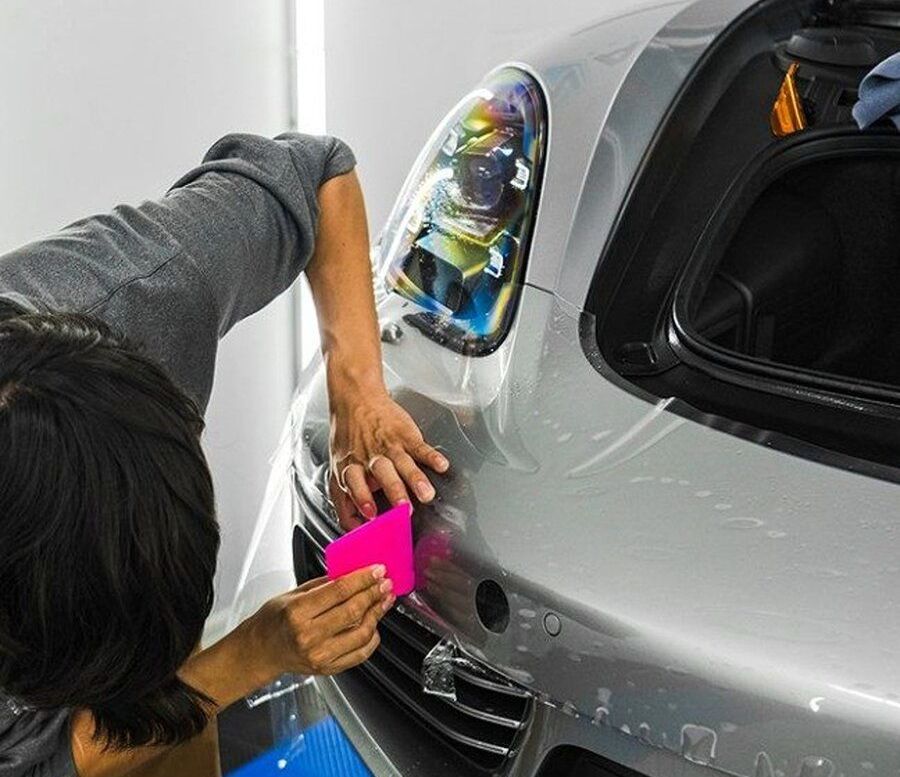
Before commencing the installation process, careful preparation of your vehicle's surface is essential. Preparing your vehicle will establish the foundation for a flawless paint protection film (PPF) installation. Here's a detailed breakdown of the essential steps to take:
Step I: Cleaning the vehicle
First and foremost, your vehicle's surface necessitates thorough cleaning to eliminate any dirt, grease, or debris clinging onto its paint. Use cleaning products specifically designed for automotive surfaces to prevent damage or adverse reactions with the PPF adhesive. It's advisable to use dedicated automotive shampoos and microfiber cloths to achieve the highest cleanliness standard. Additionally, we recommend using isopropyl alcohol-based cleaners to completely remove any polishing oils or residue that could interfere with adhesive bonding.
Step II: Decontamination
Once the surface is clean, decontamination is vital. Despite appearing spotless, there may be bonded contaminants lurking beneath the surface that could impair proper film adhesion. A readily available solution comes in the form of a clay bar treatment.
Without aggressive scrubbing, a clay bar effectively lifts and eliminates any embedded contaminants, such as tar spots and industrial fallout, ensuring that the PPF has the best chance of adhering seamlessly. After this step, your vehicle's paint should feel smooth and glass—free from any hidden pollutants.
Step III: Surface Inspection
After decontamination, a meticulous inspection of your vehicle's surface is crucial. This step enables you to identify and address any imperfections that could hinder proper film adhesion.
It's imperative to address chips prior to installation, as they can compromise the integrity of the film. This not only ensures a blemish-free finish but also prevents exacerbation of existing imperfections over time.
QUICK TIP: Always perform these inspections under excellent lighting conditions to catch even minor flaws.
Step IV: Tape and Mask
When it comes to intricate parts such as headlights and badges, protecting them during installation is essential. Using masking tape ensures these delicate components remain unscathed throughout the application process.
Tape off areas around headlights, emblems, and other detailed parts where potential complications might arise during film placement. This additional step guarantees that only intended areas receive PPF coverage while minimizing risks associated with overstretching or misplacement.
With every possible precaution in mind and precision at its core, your vehicle is now ready for professional-grade paint protection film application.
Film Installation Procedure
Installing paint protection film is a meticulous process that demands attention to detail and precision. Each step enhances the overall quality and durability of the protective film, safeguarding your vehicle's surface from potential damage.
Step 1: Cutting the film
Accurately measuring the specific dimensions of the area to cover is crucial before cutting the film. Precision is key, as it not only prevents material waste but also ensures a snug fit without leaving any exposed areas. Carefully cut the film according to the taken measurements using a cutting mat and a sharp utility knife. Remember, practice makes perfect! If you're new to this, it's advisable to practice on a scrap piece of film before working on your vehicle.
Step II: Positioning the film
Once you have cut the film to fit your vehicle's surface, it's time to position it correctly. People commonly use a solution of water and a few drops of soap to make adjustments during positioning. This soapy solution helps prevent the film from sticking prematurely, allowing you to reposition it as needed to achieve an optimal fit.
Step III: Squeegee application
Using a high-quality squeezer is crucial for achieving a seamless application. Starting at the center of the film, apply consistent and firm pressure with the squeezer to remove air bubbles and ensure proper adhesion. Work your way outward in smooth, overlapping strokes, maintaining steady pressure throughout. This method helps to push out any trapped air and ensures that the film adheres uniformly without wrinkles or bubbles.
Step IV: Trimming Excess
After applying the film, carefully trim any excess material with a sharp utility knife. Precision is key here—be sure to follow your vehicle's curves and edges with care to achieve clean and professional-looking edges. Avoid haste in this step, as any slip may lead to uneven edges or inadvertent damage to the film.
Step V: Final Inspection
The final inspection is vital to ensure that no bubbles or imperfections remain in the installed film. Carefully examine the entire surface, looking out for any trapped air or creases. If you find imperfections, you can make adjustments by gently lifting the film again with the soapy solution, then using the squeegee to remove any remaining bubbles.
By meticulously following each step in the paint protection film installation process, you can achieve a high-quality finish that effectively safeguards your vehicle against potential damage.
Choosing a Method: Key Considerations
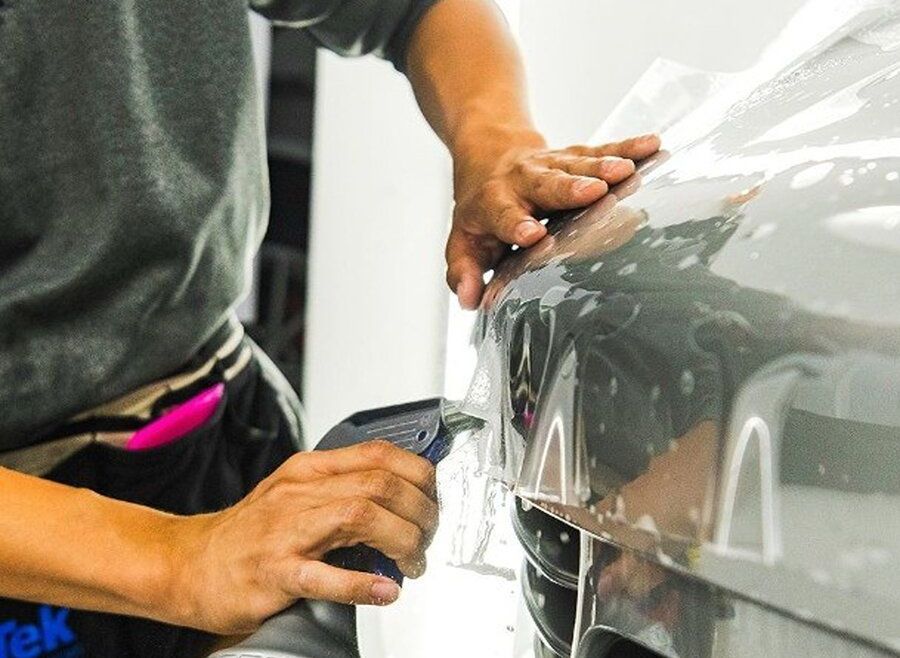
When deciding on the best method for paint protection film installation, several important factors come into play. These factors will help you determine the most suitable approach to meet your needs and expectations. Let's dive into these key considerations in detail.
Budget
The first thing to ponder is your budget. While DIY installations are generally more budget-friendly, they still require an upfront investment in quality materials and tools. On the other hand, professional installations may come at a higher cost due to labor and expertise. It's essential to assess your financial situation and determine which option aligns with your budget, while also considering long-term benefits.
Time
Consider how much time you are willing to dedicate to the project. DIY installations often demand a significant amount of time and attention to detail. It’s a process that requires patience and meticulousness, from the cleaning process to ensuring a bubble-free application. In contrast, professional installations may save you time by leveraging trained expertise and advanced tools, but they come at a higher cost.
In the case of DIY installations, it's common for individuals to invest several hours or even days into completing the process, especially if it's their first time attempting such a project. On the other hand, professional installers possess specialized tools and skills that enable them to efficiently complete the installation within a significantly shorter timeframe.
Skill Level
Assess your confidence in your abilities to perform precise and meticulous work. DIY installations rely heavily on individual proficiency, requiring an understanding of application techniques and a steady hand for precision cutting. It demands a certain level of patience and finesse to achieve professional-grade results. Conversely, professional installers bring guaranteed expertise honed through training and experience.
Their proficiency allows them to navigate the intricate curves and contours of vehicles with precision, ensuring a flawless finish. If you lack experience with vehicle detailing or have concerns about executing intricate tasks with precision, professional installation may be the better choice for you.
Importance of Warranty
Consider if having a warranty is essential for your peace of mind. Professional installations often offer this added benefit as a testament to their confidence in the durability of their work. Warranties promise to rectify any installation issues at no additional cost, providing you with additional protection and confidence in the longevity of the paint protection film.
Desired Quality
Think about the quality of finish you expect for your vehicle’s paint protection film. Professional installations are known for delivering a polished, uniform finish that seamlessly integrates with the vehicle's aesthetics. Professional installers' expertise, combined with high-quality materials, contributes to superior results.
These key considerations play an integral role in determining whether a DIY or professional paint protection film installation is the most suitable choice for you. By carefully evaluating these factors, you can make an informed decision that aligns with your preferences and requirements.
As you weigh these critical factors between DIY and professional options for paint protection film installation, it’s crucial to build up to a well-rounded perspective before reaching a final verdict.
Final Verdict: DIY vs. Professional
Both DIY and professional Paint Protection Film (PPF) installation routes have their own set of advantages and drawbacks. What's best for you based on your needs and priorities?
DIY installation might be more suitable for those who relish learning new skills and are willing to invest time in the process. If you're someone who takes pride in completing projects yourself, values flexibility, and wants to save on costs, then DIY PPF installation might just be the perfect fit for you.
Consider this: By taking on the challenge of applying PPF yourself, you can gain an in-depth understanding of your vehicle's surface and complete control over the entire process. It's a sense of accomplishment that may gratify some enthusiasts deeply engaged with maintaining their vehicles.
Keep in mind that DIY installation demands patience, precision, and proper cleaning and preparation of your vehicle's surface before application. So if you enjoy learning new techniques or adding a personal touch to your car, DIY installation certainly offers that unique experience.
On the other hand, professional PPF installation guarantees expertise, flawless results, access to premium materials, as well as warranties for peace of mind. Pro-installation also offers specialized tools such as heat guns for contouring the film, high-quality squeegees for bubble-free application, and professional-grade cutting tools for precise trimming.
If you value your time and seek seamless coverage with a flawless finish without having to worry about any missteps, professional PPF installation might be more suited to your preference.
Consider this: professional installers use high-quality polymers and adhesives that guarantee longevity, durability, resistance to fading, discoloration, and deterioration caused by UV rays and harsh chemicals. This level of quality and expertise can be reassuring to many vehicle owners who don't want to compromise on the protection of their cars.
Choosing between DIY and professional PPF installation ultimately depends on a number of factors, including your comfort level with the process, your budget, the amount of time you have available, the resources you have on hand, and, most importantly, your priorities for the quality of finish you want.
Before making a decision about the PPF installation method, carefully consider these points so that you can find the best fit for your particular requirements.
In the world of PPF installation, there isn't a one-size-fits-all answer—the best choice, whether DIY or professional installation, ultimately depends on your individual preferences and needs. Choose wisely to ensure optimal protection for your vehicle.
Protect your vehicle with Naples Auto Armour’s Professional Paint Protection Film Services
Your vehicle is more than just a mode of transportation—it's an investment that deserves the utmost care and protection. At Naples Auto Armour, we understand the value of your vehicle and the importance of maintaining its pristine condition. That’s why we offer
professional Paint Protection Film (PPF) services designed to safeguard your car against the elements and everyday wear and tear. Choose Naples Auto Armour as your trusted provider for PPF services and experience unparalleled quality and expertise. Book now!
Naples Auto Armor Blog
